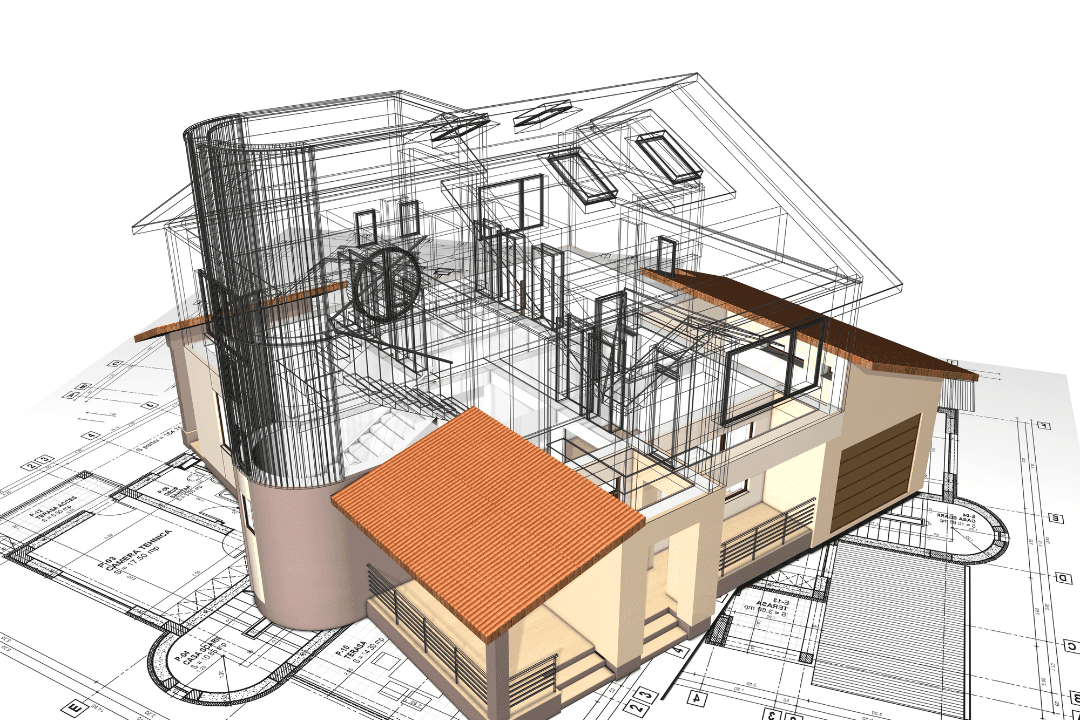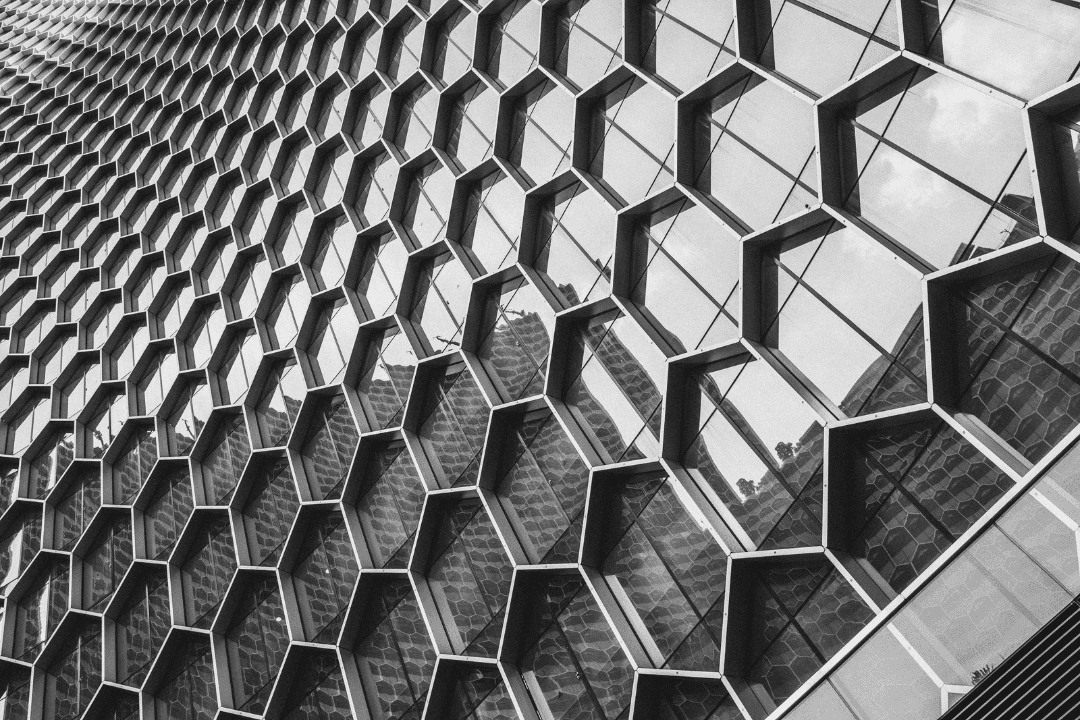Blog
How AI is Disrupting Architecture
Discover how Architects are using AI to their advantage to get away from monotonous tasks and back to designing.
Nov 14, 2023
It doesn’t take long before opening a browser on a phone, computer, or tablet brings you to a story about AI these days. Artificial intelligence is growing by leaps and bounds, and some industries are using AI tools to improve or automate their processes to become faster and more efficient. Architecture is one of those industries.
The reality is that AI is genuinely changing the way architects work today. While we often expect new technology (especially tech that can “think” for itself) to replace humans, architects are surprisingly embracing AI in architecture and using it to be more creative. Learn how as we jump into this future-changing tech and some of its benefits.
How AI Works
Before going any further, let’s cover how AI works. The movies tend to portray AI entities as robots with brains, but the way that AI functions isn’t quite so sentient.
The primary AI that we see in our everyday lives is called “generative AI.” Programs like ChatGPT, Midjourney, Stable, and Dall-E use machine learning to pull from massive information databases. These software programs analyze the data at incredibly high speed, searching for patterns. When prompted to perform a task, they pull from the data and these patterns to produce content that fits the parameters of the prompt.
There isn’t a brain capable of learning new tasks—these programs simply analyze supplied data to create new content. Without the data, there is no way for AI to grow or develop, but with a constant supply of new and changing data, the ceiling for AI is unimaginable.
How Architects Are Using AI
Architecture AI has some particular impacts on how architects approach their work. The following are just a few examples of how harnessing the power of artificial intelligence can lead to better projects.
It’s Hacking Concept Drawing
One of the most time-consuming parts of the design process is developing concepts to show the client. The architect has to identify the client’s needs and desires and create several concept drawings to show the client to choose from. Once the client lands on a design, the architect can begin the engineering and design. This can take weeks.

With AI in architecture, designers can produce dozens of design concepts in just a few minutes. By knowing how to write AI prompts that identify the client’s needs, the design style, and other essential parameters, the architect can trigger the software to create incredibly detailed, beautiful concept drawings that look like photos of existing buildings. Not only does this increase the speed at which the concept art is created, but it also helps the client better visualize the project.
AI is Focused on Efficiency
One of AI’s hallmarks is its focus on efficiency. Many of the most popular architecture software programs are now integrating generative AI to allow architects, engineers, and designers to create fully functioning models and drawings faster and more accurately–an incredible advancement enabling architects to focus on creativity.
This couldn’t be more evident than with AI for volumetric modular design, where the entire project is based on patterns and repetition. These AI architecture software programs can churn out estimates and layouts with basic prompts, allowing the architect to pilot the design while letting AI do the mundane work.
It isn’t just design efficiency where AI can help. Even AI-based software programs can analyze a proposed building’s design and help the architect improve its energy efficiency and carbon consumption. As this technology improves and decarbonization becomes more critical to building design, these tools will revolutionize architecture.
Better AI-Based Bidding
Design firms are starting to use AI software to streamline their bidding process. These tools can analyze a design and help the architect determine the costs associated with the materials and identify areas to save based on the costs of obtaining, fabricating, and installing prefabricated components.
These tools can help design and build firms by developing better, more accurate bids, which lead to more profitable projects. They can also help improve the accuracy of subcontractor bids, making the project more likely to stay on budget. The architect is also more likely to receive fewer requests for information, making the RFIs they receive easier to answer clearly.
The Limitations of AI in Architecture

We’re only at the very beginning of what AI can do, and its infancy has some limitations. While there isn’t a road map for AI’s trajectory, the following are some of its current shortcomings that architects should consider:
It Can’t Truly Create…Yet
AI doesn’t create new ideas, yet. It uses machine learning to draw from a massive database of information to fulfill prompts. Humans still have a leg up when creating something entirely new and groundbreaking.
It Takes a Lot of Trial and Error
Generative AI is generally fast and efficient, but it takes some trial and error to get the desired results. The architect will often have to experiment with prompts, changing descriptions and language, and finding the right combination to produce what they need.
Designers will also have to work through actual language barriers. AI software programs are developing worldwide, and the words used in a prompt might translate differently in one country than another.
AI Doesn’t Understand Clients
There is a barrier between AI and architectural clients. AI won’t interview a client; if it could, the client wouldn’t be able to speak to the software using the terms necessary to generate the desired result. Because of this lack of personal interaction, architects will likely become more valuable regarding client relationships.
The Future of AI Architecture
While no one knows where artificial intelligence will take us, the future of AI architecture is bright. Architects will still be vital to the design process, but AI tools for architects will make their more mundane tasks easier and faster to execute. Humans can focus on being creative and interacting with other humans, while AI tools work hard behind the scenes.
A human created this article.
If you want more time to step away from your computer and interact with more humans, set up a demo and see how Part3 can get you back to creating inspirational designs. Let the robots do the monotonous stuff–they don’t mind, we promise.


